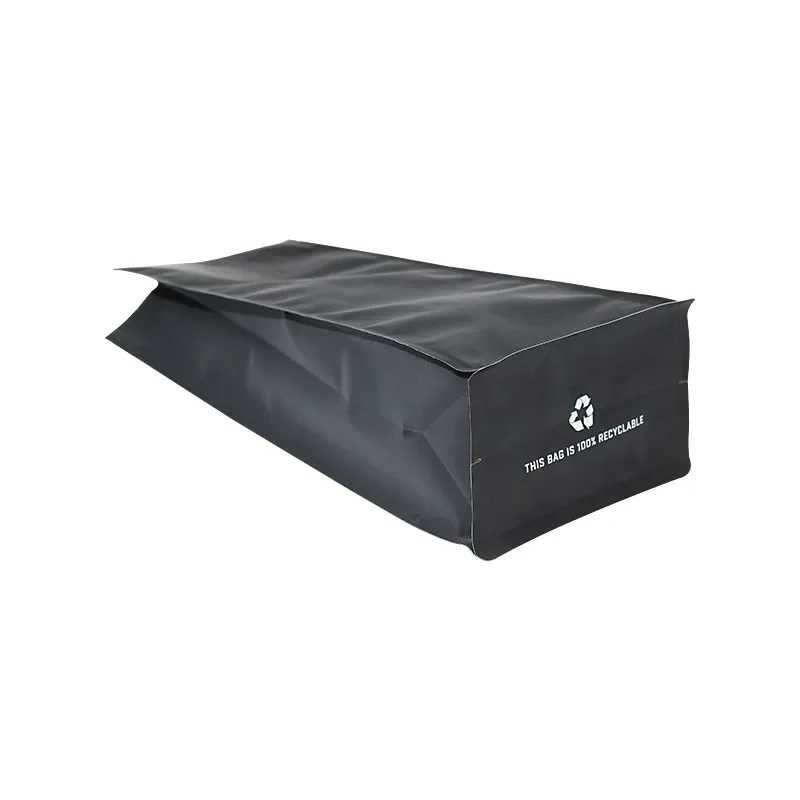- Afrikaans
- Albanian
- Amharic
- Arabic
- Armenian
- Azerbaijani
- Basque
- Belarusian
- Bengali
- Bosnian
- Bulgarian
- Catalan
- Cebuano
- chinese_simplified
- chinese_traditional
- Corsican
- Croatian
- Czech
- Danish
- Dutch
- English
- Esperanto
- Estonian
- Finnish
- French
- Frisian
- Galician
- Georgian
- German
- Greek
- Gujarati
- haitian_creole
- hausa
- hawaiian
- Hebrew
- Hindi
- Miao
- Hungarian
- Icelandic
- igbo
- Indonesian
- irish
- Italian
- Japanese
- Javanese
- Kannada
- kazakh
- Khmer
- Rwandese
- Korean
- Kurdish
- Kyrgyz
- Lao
- Latin
- Latvian
- Lithuanian
- Luxembourgish
- Macedonian
- Malgashi
- Malay
- Malayalam
- Maltese
- Maori
- Marathi
- Mongolian
- Myanmar
- Nepali
- Norwegian
- Norwegian
- Occitan
- Pashto
- Persian
- Polish
- Portuguese
- Punjabi
- Romanian
- Russian
- Samoan
- scottish-gaelic
- Serbian
- Sesotho
- Shona
- Sindhi
- Sinhala
- Slovak
- Slovenian
- Somali
- Spanish
- Sundanese
- Swahili
- Swedish
- Tagalog
- Tajik
- Tamil
- Tatar
- Telugu
- Thai
- Turkish
- Turkmen
- Ukrainian
- Urdu
- Uighur
- Uzbek
- Vietnamese
- Welsh
- Bantu
- Yiddish
- Yoruba
- Zulu
moisture bag
The Importance of Moisture Bags Preserving Freshness in a Changing Climate
In an era of rapid climate change and increasing humidity levels, moisture control has emerged as a critical consideration for a variety of industries, households, and consumers alike. This is where moisture bags come into play, often overlooked yet incredibly vital in preserving the quality and longevity of numerous products, from food items to electronic devices.
Moisture bags, commonly made of materials like silica gel or activated charcoal, are designed to absorb excess moisture from their environment. These desiccant packets serve a range of purposes and are widely used across different sectors. Their fundamental role is to create a controlled humidity environment, thereby preventing spoilage, mold, and degradation.
In the food industry, moisture bags are particularly invaluable. Foods such as dried fruits, snacks, and pharmaceuticals can suffer from moisture absorption, leading to a decline in quality and taste. For instance, dried fruits can become gummy and unpalatable if exposed to humidity. Moisture bags help maintain the texture and flavor of these products by absorbing moisture, thus extending their shelf life. Consumers are increasingly aware of the significance of freshness, and incorporating moisture bags into packaging not only preserves the product but also enhances customer satisfaction.
Moreover, moisture control is essential for the shelf life of baking products
. Flour, sugar, and powdered ingredients can easily clump together in humid conditions, affecting the ease of use and quality of baked goods. By including moisture bags with such ingredients, manufacturers can ensure that consumers have a more enjoyable baking experience, without the hassle of dealing with hardened or clumped products.moisture bag

In the realm of electronics, the significance of moisture bags cannot be overstated. Electronic devices and components are highly sensitive to moisture, which can lead to corrosion, short-circuiting, and ultimately device failure. Many manufacturers include moisture bags in packaging to protect items such as smartphones, cameras, and circuit boards during transit and storage. By absorbing excess humidity, these moisture bags act as a safeguard, ensuring that consumers receive products in optimal condition.
Environmental and health considerations also contribute to the increasing usage of moisture bags. With climate change altering weather patterns, humidity levels have become unpredictable, making it crucial for both businesses and consumers to take preventive measures. Moisture bags provide a simple yet effective solution, reducing the chances of mold growth, which can have detrimental effects on health. Mold spores can exacerbate respiratory issues and trigger allergic reactions, thus highlighting the importance of maintaining a dry environment.
However, the efficacy of moisture bags depends largely on their proper use and disposal. Consumers should be educated on how to use these bags effectively, understanding how many bags are necessary for certain products and how to store them appropriately. Additionally, there is a growing emphasis on the sustainability of desiccants. Many manufacturers are now creating biodegradable and reusable moisture bags, promoting eco-friendly practices while satisfying consumer demands for sustainability in packaging.
In conclusion, moisture bags may seem like a minor detail in product packaging, but their impact is significant. They play a crucial role in preserving food freshness, protecting electronic devices, and enhancing consumer satisfaction. As our climate continues to change and humidity levels fluctuate, the importance of moisture control will only grow. By understanding and utilizing moisture bags effectively, we can ensure that our products last longer and maintain their quality in an ever-changing environment. Whether you are a manufacturer, retailer, or consumer, moisture bags are essential tools for navigating the challenges posed by moisture and humidity, ultimately leading to a healthier and more sustainable future.













